Even for the Western Cape, a province known for its stunning vistas, the view from the settlement of Imizamo Yethu is extraordinary. A panorama of rolling hills, sand dunes and stone cliffs unfurls to the sea. To one side is a fishing village that has gentrified into quaint cafés and handicraft shops; on the other are stately mansions, horse paddocks and the expansive campus of a prestigious private school.
The view of Imizamo Yethu from the suburb below, Hout Bay, is also extraordinary, if for different reasons. This ramshackle settlement clinging to a rock escarpment is made up of small brick houses, corrugated-aluminum shacks and lean-tos constructed from old shipping pallets. The few paved roads intersect with a network of mud paths that reek of raw sewage in the summer heat, and flood under winter rains. More than 6,000 black families live in this area, which is about the size of a suburban American shopping mall. Hout Bay, which is about 50 times larger and mostly white, has roughly the same number of residents. Violence in Imizamo Yethu is rife; in April, five people were killed in a shoot-out between rival transport cartels that run the minibus networks linking the settlement to central Cape Town, 12 miles away.
A few days after the minibus shootings, Kenny Tokwe, a community organizer who has been living in Imizamo Yethu for nearly 30 years, looks down on Hout Bay’s idyllic expanse. It’s been 25 years since South Africa’s first multi-racial democratic elections, held on April 27, 1994, were supposed to bring an end to the institutionalized racial segregation of the apartheid regime. But little has changed, says Tokwe. “South Africa is still a country of two nations: the rich whites”—he points down the hill—“and the poor blacks.” With a chuckle, he points at himself, an educated black man who spent his youth campaigning for equal rights for South African blacks only to find himself, at 58, fighting for them to have basic standards of living.
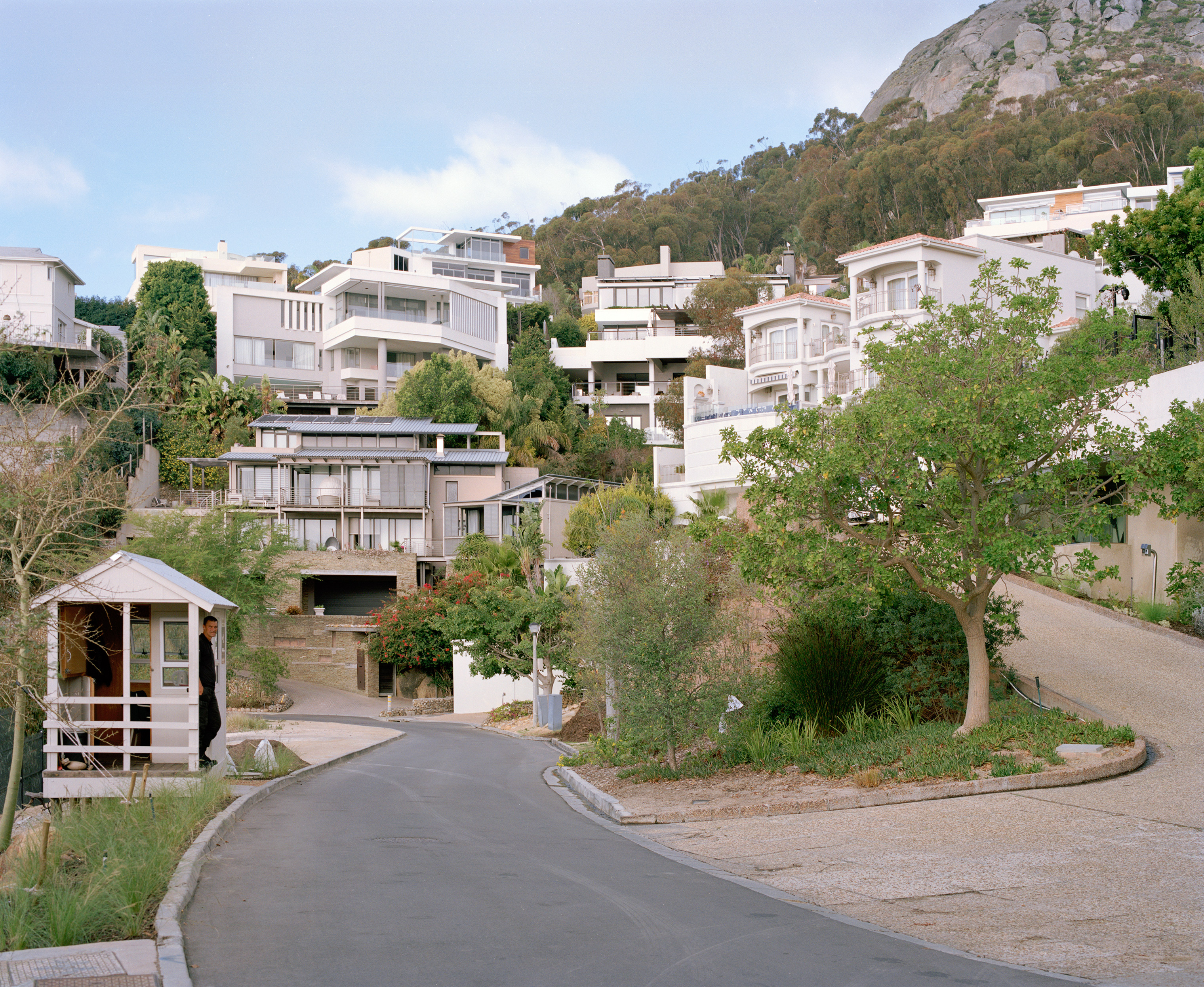

On May 8, South Africans are due to vote in the sixth national elections since the fall of apartheid. The African National Congress (ANC), the liberation party once led by Nelson Mandela that has ruled South Africa since 1994, is expected to return to power. But a quarter-century after Mandela called for the state to be fundamentally reshaped to address the inequalities of apartheid, the world’s most egregious racial divide has turned into its most extreme economic disparity. The World Bank last year deemed South Africa the world’s most unequal society, estimating that the top 10% owned 70% of the nation’s assets in 2015. And the split is still largely along racial lines; the bottom 60%, largely comprising blacks—which, for the purposes of this story, includes mixed-race people and Asians descended from an era of slavery and colonial rule—controls 7% of the country’s net wealth. Half the population lives on less than $5 a day.
For the past several decades, inequality has been on the rise in developed and developing countries alike. But in an age of widening divides between rich and poor, South Africa stands out because of its squandered hopes. Mandela’s rainbow nation was supposed to show the world how a new, equitable society could be built out of the ashes of repression and racism. But by some measures, inequality in the country today is worse than it was under apartheid.
Though a new black middle class is slowly developing, and a small black elite has accrued massive wealth, few black South Africans have seen substantial change in their material lives. Meanwhile, today’s white minority, some 9% of the population, lives off the benefits accumulated under apartheid’s unequal policies. Their relative wealth keeps them insulated from government failures triggered by the economics of segregation. “Democracy gave us nothing,” complains Wendy Gqirana, a 36-year-old unemployed chef who has spent her entire life sharing a shipping container with her extended family in the Cape Town township of Langa. “They told us in ’94 that the blacks would be in control and things would be better. All we see now is corruption among the black leaders, and whites are still in control of the economy.”

The source of the inequality that plagues South Africa is multifaceted. Unemployment, poor education programs and a collapsing public health system all play a role. But the largest dividing line is land, where the legacy of apartheid meets the failures and broken promises of the current government. It’s manifested most plainly in the lack of affordable housing, particularly in urban areas. The number of decaying slums like Imizamo Yethu has gone from 300 in 1994 to 2,700 today.
Nowhere is this more obvious than in Cape Town, where 60% of the population, almost all black, lives in townships and informal settlements far from the city center. There, government services are limited, schools and health care are underfunded, insecurity is rife, and jobs almost nonexistent. Transport into the center is expensive, dangerous and unreliable.
In an almost exact replica of apartheid-era urban planning, wealthy and middle-class whites are concentrated in the city center and in well-connected suburbs. Between the townships and the well-appointed central business district are vast tracts of unused land that, if developed correctly, could work to reverse the city’s apartheid legacy by providing affordable urban housing and breaking up racial segregation. However, as is often the case when it comes to public land, history, politics, funding, government incompetence and prejudice are getting in the way.
Just a few weeks before the elections, Susan Lewis takes a walk through one of those bare patches of land. It has been turned into a temporary parking lot, taking advantage of its close proximity to Cape Town’s bustling city center. “All of this used to be houses,” says the slight, energetic 76-year-old, taking in the area with a sweep of her hand. “That is where my friends lived,” she adds, jabbing a finger at a now empty street corner. She points out the vanished movie theater, tailor shop, grocery store and halal butcher. “This is where we all used to live,” she says, “and now it is nothing but a parking lot.”
In 1966, Lewis’ District Six neighborhood, home to a 60,000-strong multi-ethnic and multi-religious community, was declared “whites only” by the apartheid regime. Black residents like Lewis resisted, but by 1982 most of the buildings had been demolished and the inhabitants forcibly relocated to townships in the Cape Flats, a desolate patch of land 18 miles away. Uprooted from their communities, their churches, their schools and their jobs, many never recovered. Sociologists attribute much of today’s township gangsterism, poverty, drug abuse and violence to the trauma of those forced relocations. “We felt so isolated,” remembers Lewis, who suddenly found herself spending half her salary just to get to work. Schools in the township, if they existed at all, did little to prepare students for employment. Families split up.
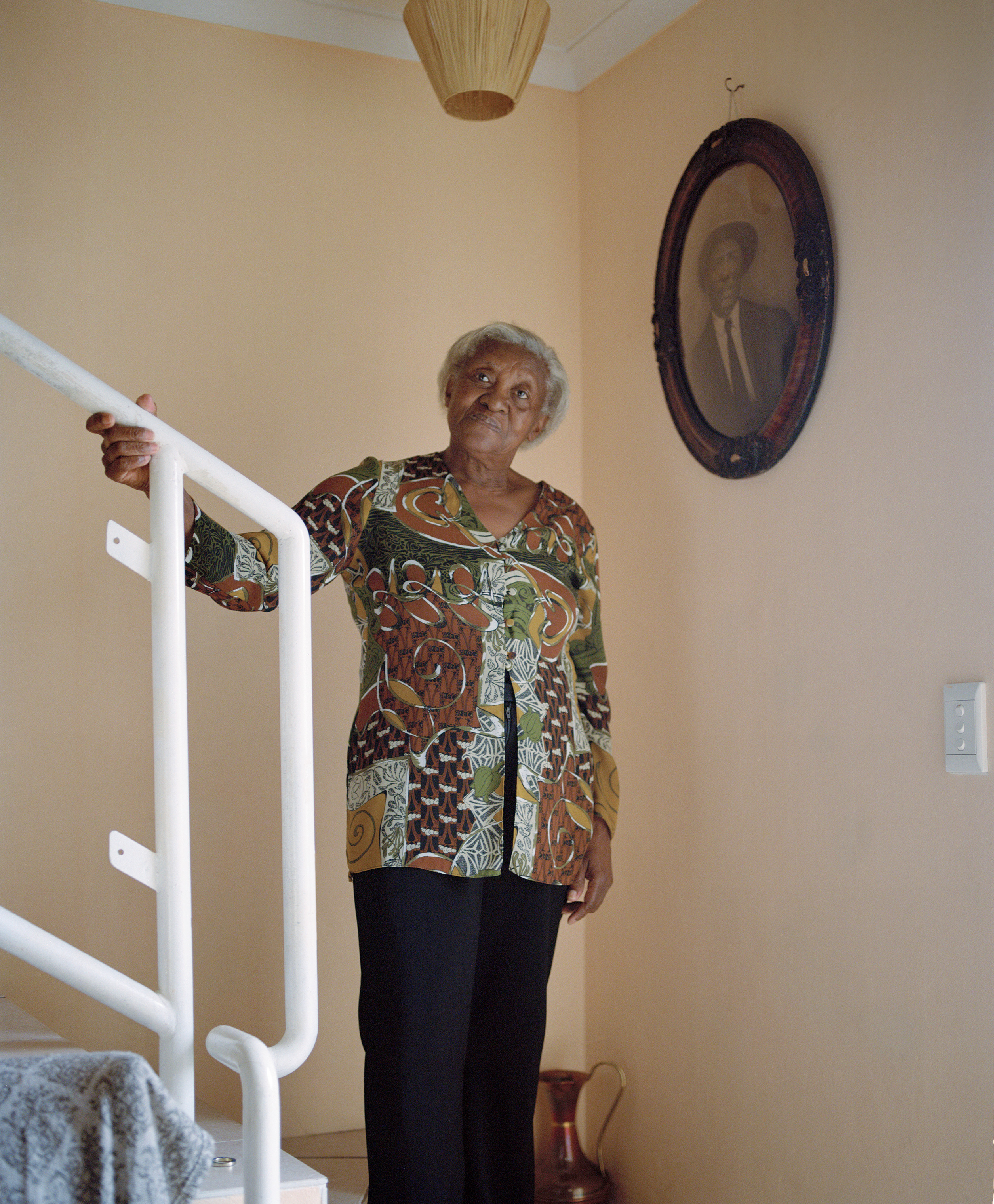
The apartheid government never did rebuild District Six into a white neighborhood—by then international sanctions introduced in 1986 were taking their toll—and for the past several decades, much of the area has remained empty, a 150-acre reminder of the apartheid past torn out of the very heart of the city.
Although former residents have a right to return, under a 1994 law that promises restitution to the millions of people subjected to similar apartheid-era relocations, progress has been glacial. So far, only 139 homes have been rebuilt for former residents of District Six. Lewis was one of the lucky ones. After nine years on a waiting list, she was one of the first to move back, in 2005. She feels guilty at times, and rarely tells other former residents she meets at commemoration events. Construction on a 300-unit project was launched in 2013 but has barely progressed. Lewis peers through the chain-link fence at a pile of concrete slabs. It’s a midweek afternoon, but there is only one worker to be seen. Construction was supposed to be completed in 2015 but has been repeatedly delayed. “It’s crazy,” says Lewis, waving at the fields around her. “All of this should be housing by now. We all need to be back where we belong.”
The slow pace of development can be blamed on many factors: a lengthy claims process, disputed ownership, a lack of funding and political infighting. But time is running out. Like Lewis, most of the original claimants are elderly. She wonders how many will get a chance to return before it’s too late. Once, the destruction of District Six symbolized the evils of the apartheid regime. Its reconstruction and repopulation should have been the ultimate rejoinder. Instead, the empty land is just another reminder of liberation’s empty promises. Private developers have begun to nibble on the edges of this neighborhood, but with starting prices for a one-bedroom condominium in the $100,000 range, properties are out of reach for the city’s working-class population. “None of us would ever be able to afford that,” says Lewis. “Before, it was the apartheid government that pushed us out of the city. Now it’s the cost.”
The disenfranchisement of South Africa’s black population dates back to the colonial era, but it was consolidated in 1948 when the national government instituted a legal policy of “apartness” or separation of races. Under apartheid, the country’s majority-black inhabitants were stripped of their land, denied a voice and forcibly relocated to specially designated developments divided by race. Homeownership by blacks under the new system was all but impossible. Equal rights may have been the rallying cry of the ANC as it fought the national government from exile, but for many South African blacks, it was the promise of reclaiming lost land that kept them motivated.
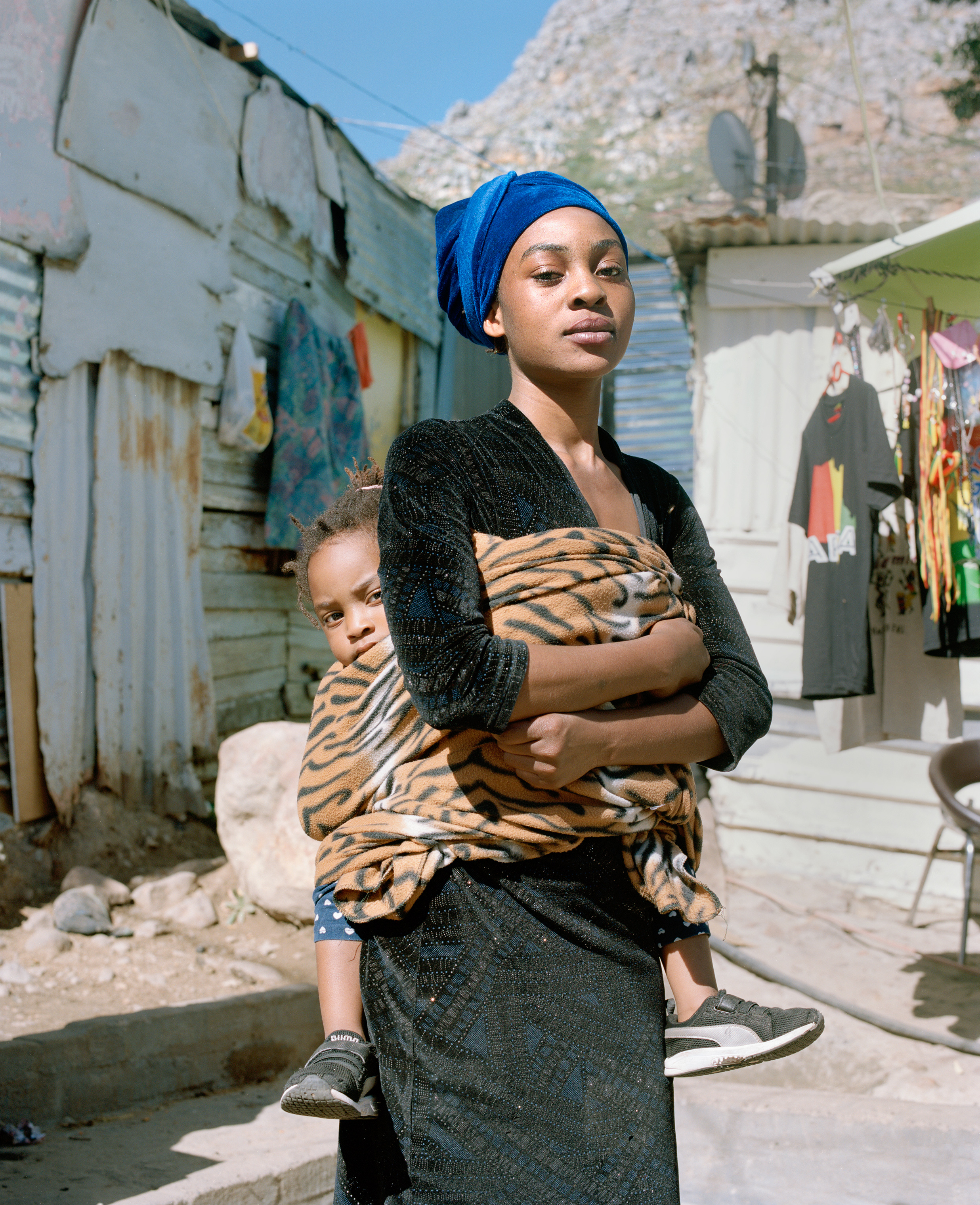
In 1991, shortly after the ANC was allowed to return to South Africa, then party Secretary General Cyril Ramaphosa, now the nation’s President, worked on a new constitution that sought to reverse the apartheid-era depredations by guaranteeing the right of access to adequate housing for all. As the 1994 elections approached, the ruling ANC expanded on that pledge by promising subsidized houses for the poor. The goal was to counter the apartheid-era dispossessions with the benefits of homeownership.
But these public-housing projects are being built on the urban periphery, replicating the township system developed under apartheid to keep black, working-class citizens isolated from the city’s economic engine. “Cape Town is still an apartheid city,” says Sizwe Citelo, a security guard who spends a third of his salary on the three-hour commute from his township home to his job in town. “The apartheid government took all the good land from us. Now they are gone, but we can’t come back because it’s too expensive.”
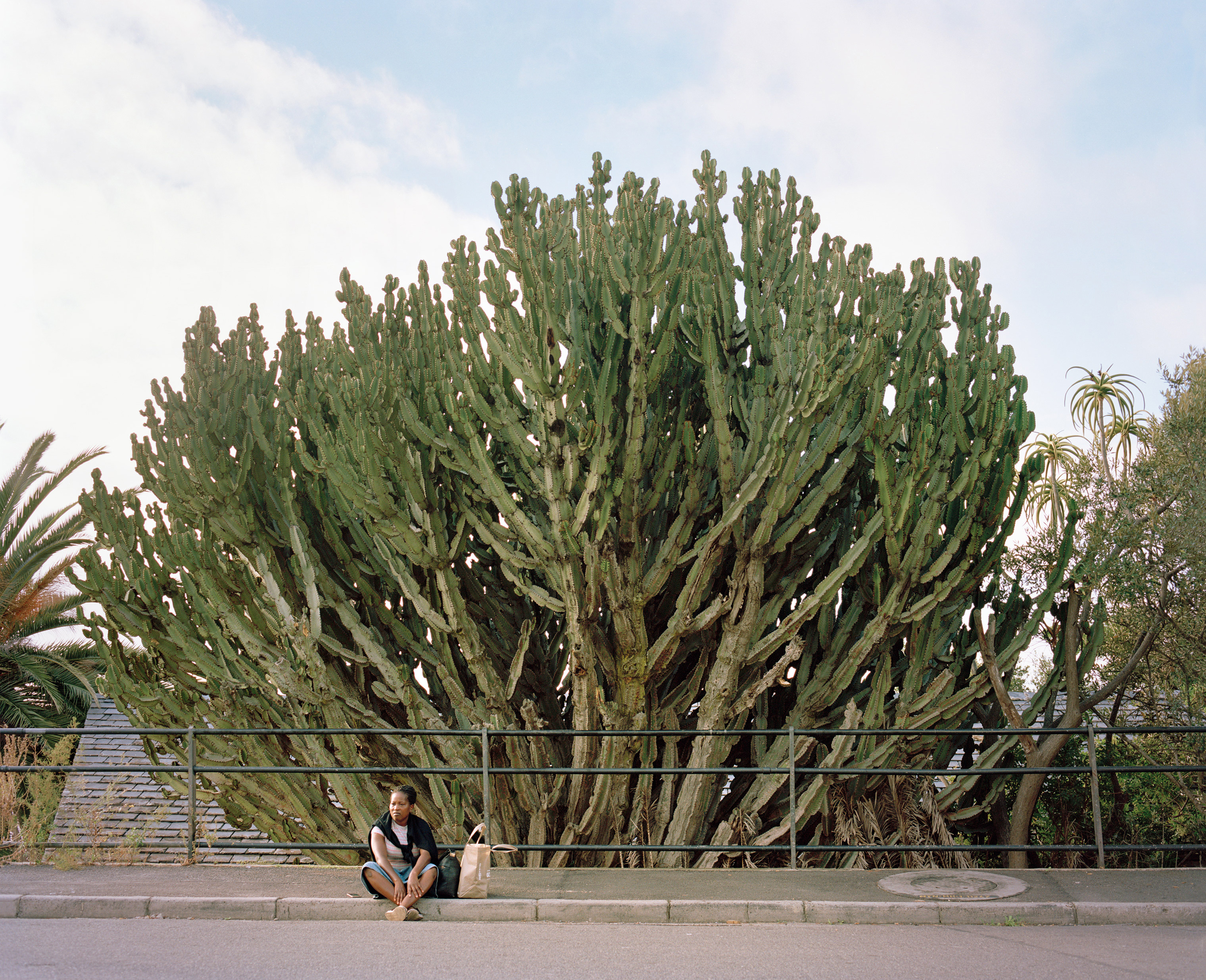
In Cape Town, there are trains that connect the city to the townships, but they are unreliable, inconvenient and expensive. A daily commute costs about $3 when typical service-sector jobs pay as little as $10 a day. Because the township schools are often bad—78% of fourth-graders nationally cannot read a simple sentence—families prefer to send their kids to better schools in town, incurring further costs. “Even with a job, it’s almost impossible to pull yourself out of poverty when you live in these conditions,” says Axolile Notywala, general secretary of the Social Justice Coalition, a civil-society organization that works on poverty alleviation and housing rights. “Unless we fix the urban land issue, we will never be able to address the inequality in our societies.”
The issue of land, and who has a right to it, has become a hot topic in the election. The Economic Freedom Fighters, a black nationalist group with a substantial representation in Parliament, has demanded the expropriation without compensation of land owned by white freeholders. The ANC, in response, adopted a more muted pledge to change the constitution to allow for the expropriation of farmland without compensation. The move has alarmed South Africa’s business community as well as international investors who remember all too well the food shortages, civil unrest and economic collapse when neighboring Zimbabwe enacted similar policies two decades ago. Even U.S. President Donald Trump has weighed in, tweeting about “land and farm seizures” from white South African farmers that haven’t happened.
The demand to expropriate white-owned farmland misses the point, says Jared Rossouw, co-director of Ndifuna Ukwazi, a Cape Town–based housing-rights organization. Reform is needed most in the urban areas where more than 70% of South Africa’s population is forecast to live by 2030, he says. “We need to build dense, we need to build tall, and we need mixed populations. We want to build vibrant communities, not slums and ghettos.” Cape Town has many opportunities for progressive urban planning, he says, but politics and greed are getting in the way.
Rossouw pulls up a map of Cape Town on his computer and points out several government-owned plots of land that are currently underutilized, from old train shunting yards to decommissioned public hospitals. The properties belong to a tangle of state and federal ministries and state-owned enterprises that can hold the land or sell it to private developers in order to raise funds. Even though technically the land belongs to the people, the public has no access to it, says Rossouw. “It’s not necessary to expropriate private land. What we really need is legislation that fundamentally transforms how the state can expropriate land from its own holdings.”
Even when it does, the results aren’t always impressive. In 2017, the city of Cape Town committed to developing 11 low-cost housing projects around the inner city. Two years later, the plans have yet to be finalized. Part of the problem, says Nathan Adriaanse, spokesperson for the department of human settlements for the Western Cape government, is a scourge familiar to public-housing advocates in urban areas the world over: private-property owners whom he calls NIMBYs, for “not in my backyard.” It’s ironic, he points out, that residents of Hout Bay are willing to tolerate the informal settlement creeping up the mountainside but have rejected proposals to expand and formalize the Imizamo Yethu slum so that residents can access dignified housing. “Everyone says affordable housing can happen, should happen, as long as it doesn’t happen in my neighborhood,” says Adriaanse. “It’s hard to see where the racism ends and the classism starts.”
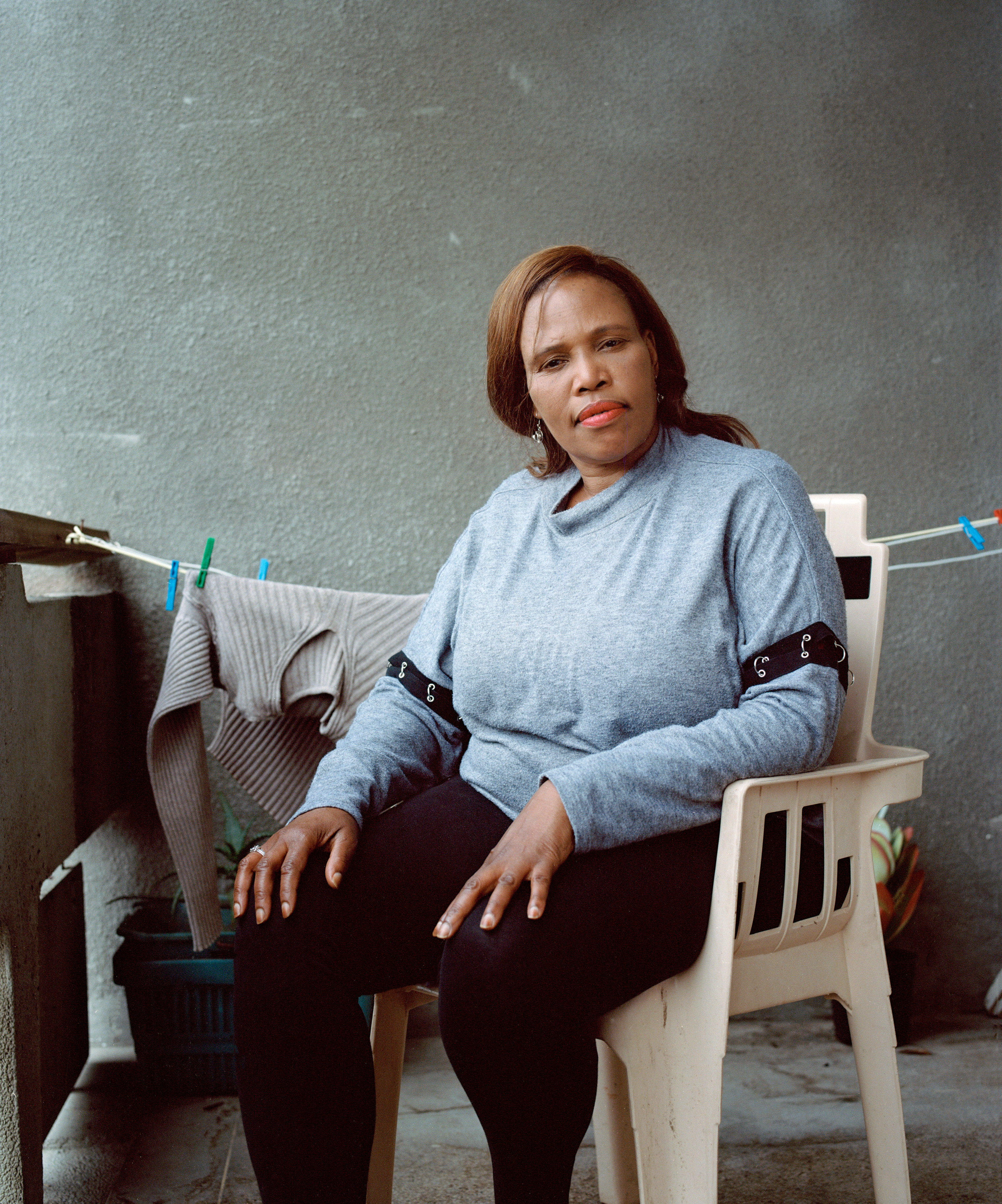
Some activists have taken matters into their own hands. When the city government decided, in 2016, to sell the grounds of an old public school to private developers instead of turning it into public housing, activists joined forces to stop the sale. The case is still in litigation, but a core group of those activists has since coalesced into a movement dedicated to turning unused city property into housing by dint of occupation. Taking advantage of a law that says citizens cannot be evicted unless a suitable alternative is found, the “Reclaim the City” group has moved some 1,200 people into a decommissioned hospital and an abandoned nurses’ residence.
Founding member Elizabeth Gqoboka, 50, has been living in a second-floor apartment in the old nurses’ home for nearly three years. She has privacy and a view over the city’s waterfront, but it’s hardly paradise. The electricity has been cut off, and there is only one working water tap, on the ground floor. Still, she says, living there is worth the hardship. “We are making a stand. If the government really believes in reversing the injustices of the past, it must be willing to work harder to reverse the spatial apartheid that is its legacy.”
But affordable housing in the city isn’t just about finding a domestic helper like Gqoboka a place to live near her work. It’s about undoing the deeper damages of apartheid, the sense that the country’s black population was somehow less deserving of the nation’s riches. It’s been 25 years, says Gqoboka, but she can’t shake the persistent feeling that she isn’t welcome in the city. She is tired of the fact that whenever she walks down a residential street in Cape Town, people assume she is there either to clean houses or to steal from them. “It’s like we are good enough to take care of white people’s children, but we aren’t good enough to live next door to them,” she says. That will change only when people see her for what she is: a resident.

- The 100 Most Influential People of 2024
- Coco Gauff Is Playing for Herself Now
- Scenes From Pro-Palestinian Encampments Across U.S. Universities
- 6 Compliments That Land Every Time
- If You're Dating Right Now, You're Brave: Column
- The AI That Could Heal a Divided Internet
- Fallout Is a Brilliant Model for the Future of Video Game Adaptations
- Want Weekly Recs on What to Watch, Read, and More? Sign Up for Worth Your Time
